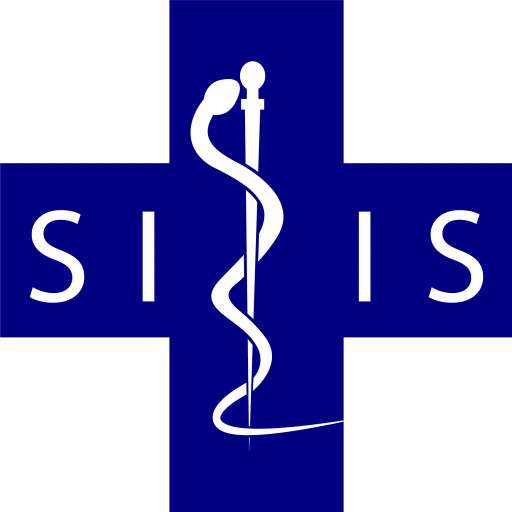In a significant breakthrough, the World Health Organisation (WHO) has unveiled that robust infection prevention and control (IPC) programs have the potential to reduce healthcare-associated infections (HAIs) by a staggering 70%.
This groundbreaking report, conducted in May, marks the first-ever global analysis of IPC program utilization worldwide. It serves as a vital tool in combating the spread of illnesses within healthcare settings, particularly in the context of healthcare-associated infections (HAIs) and antimicrobial resistance.
The emergence of COVID-19 and other healthcare outbreaks has highlighted the critical issue of disease transmission within healthcare environments. Infections contracted within such settings not only endanger patients but also pose risks to healthcare workers and visitors.
Startling statistics reveal that out of every 100 hospitalized patients, seven from high-income countries and 15 from low- and middle-income countries acquire healthcare-associated infections during their stay. Moreover, on average, one in ten affected individuals succumbs to HAIs, with newborns and those in intensive care being particularly vulnerable.
Disturbingly, half of organ dysfunction cases in adult intensive care units and one in four hospital-treated sepsis cases are healthcare-associated. Shockingly, 24% of individuals with healthcare-associated sepsis and a staggering 52.3% of patients in intensive care units succumb to these infections annually. The fatality rate soars when infections become resistant to antimicrobial treatments, doubling or even tripling the death toll.
However, there is hope. The WHO has discovered that implementing effective hand hygiene practices and other cost-effective measures can curtail the spread of infections by a remarkable 70%.
Dr. Tedros Adhanom Ghebreyesus, Director-General of the WHO, acknowledges the challenges and gaps in IPC highlighted by the COVID-19 pandemic. He stresses the importance of scaling up outbreak readiness and response through robust IPC practices while strengthening IPC programs across the healthcare system. The crucial task at hand is ensuring that all countries can allocate the necessary resources, infrastructure, and personnel to achieve this goal.
The report not only underscores the risks posed to patients in healthcare settings due to HAIs but also emphasizes the cost-effectiveness of infection prevention. It offers strategies to improve IPC programs for the future.
Previous global surveys conducted by the WHO over the past five years have assessed the implementation of national IPC programs. Unfortunately, inadequate practices at the point of care have resulted in negligible improvements. Shockingly, in 2019, only 15.2% of healthcare facilities met the minimum requirements for IPC.
However, some countries have made commendable progress. Notably, they have appointed IPC focal points, allocated dedicated budgets for training frontline healthcare workers, developed national IPC guidelines, implemented plans for HAI surveillance, and demonstrated high compliance with hand hygiene protocols.
Disparities persist, with higher-income countries progressing at a much faster rate and being eight times more likely to possess advanced IPC systems compared to lower-income nations. Unfortunately, lower-income countries have experienced limited improvement from 2018 to 2021, despite heightened awareness during the COVID-19 pandemic
The WHO emphasizes the critical importance of sustaining and expanding IPC programs in the long run. The organization continues to support lower-income countries in improving their IPC initiatives. By enhancing IPC efforts on a global scale, patients and healthcare workers will be better protected, resulting in improved health outcomes and reduced healthcare costs in the future.




